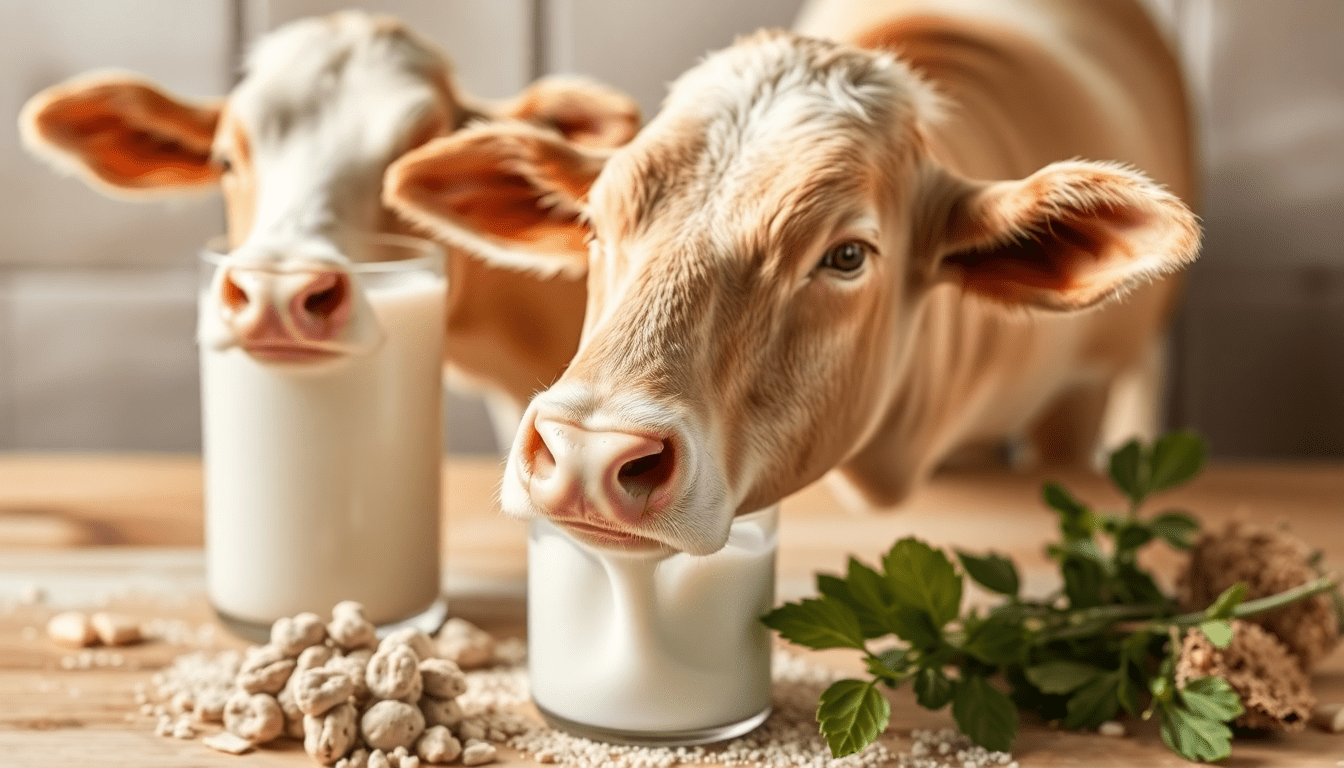
Raw Milk Benefits: Separating Hype from Scientific Reality
Raw Milk: Benefits Hype vs Scientific Reality Raw milk has been gaining popularity among health enthusiasts and those seeking natural... Read more
Raw milk safety is a real concern for many people. While some claim benefits from drinking raw milk, the reality is that raw milk can carry serious pathogens such as Listeria, Salmonella, and E. coli. These risks are especially pronounced for young children, pregnant people, older adults, and anyone with a weakened immune system. Understanding raw milk safety means weighing the potential benefits against the clear realities of contamination and illness. Pasteurization remains the most reliable public health measure to dramatically reduce these risks, but informed choices about sourcing and handling are also essential parts of staying safe. When it comes to pasteurization, practical steps can help you minimize risk. If you’re unfamiliar with the process, the simplest widely recommended approach is to heat milk to a safe temperature and hold it there for a specified time—such as the common high-temperature short-time method of about 72°C for 15 seconds, or a traditional low-temperature long-time approach of 63°C for 30 minutes—followed by rapid cooling. After pasteurization, store milk in clean containers in the refrigerator at or below 4°C (39°F) and use it within a few days. If you’re simply handling raw milk for consumption, avoid leaving it at room temperature, keep it sealed, and practice clean hygiene to prevent cross-contamination. These practices are key components of raw milk safety in everyday life. Choosing safe, trusted sources is another cornerstone of raw milk safety. Look for licensed producers who follow rigorous pasteurization and testing standards, and be wary of products that emphasize “natural” claims without clear safety documentation. Ask about farm hygiene, testing for pathogens, and how the product is transported and stored. Reading labels carefully for pasteurization statements, dates, and storage instructions helps you make informed choices. In addition, consider the short shelf life of raw products and the higher stakes for vulnerable groups—these factors reinforce the importance of sourcing from reputable, transparent producers and using proper storage practices. If you’re exploring gut health alongside dairy choices, InnerBuddies can provide additional context and guidance. InnerBuddies offers a white-label Gut Health Operating System that helps brands and consumers understand how foods influence the gut microbiome. Its features include a Gut Microbiome Health Index (0–100) based on an exclusive collaboration with EAFIT University in Colombia, detailed Bacteria abundances, and categorized Bacteria functions with comparisons to a healthy cohort. The platform also provides Target Group analysis for topics like Healthy Aging, Endurance Sport, and Skin & Hair Health, plus personalized nutrition advice and tailored probiotics or prebiotics recommendations. All of these capabilities are available to consumers as well as B2B partners. To learn more, visit the InnerBuddies microbiome test page, the subscription option, or their partner program: - InnerBuddies microbiome test - InnerBuddies gut health membership - InnerBuddies B2B partner program

Raw Milk: Benefits Hype vs Scientific Reality Raw milk has been gaining popularity among health enthusiasts and those seeking natural... Read more